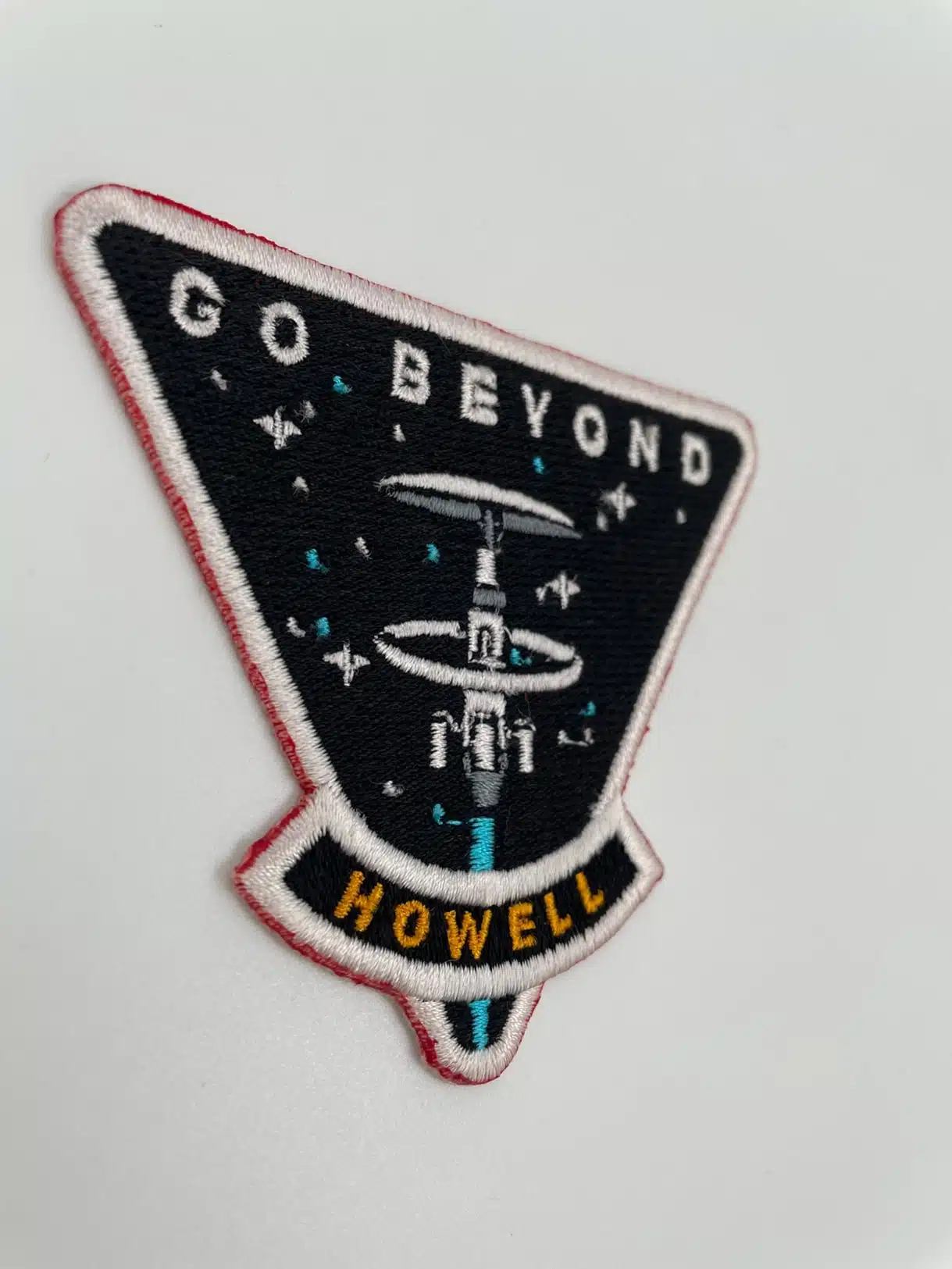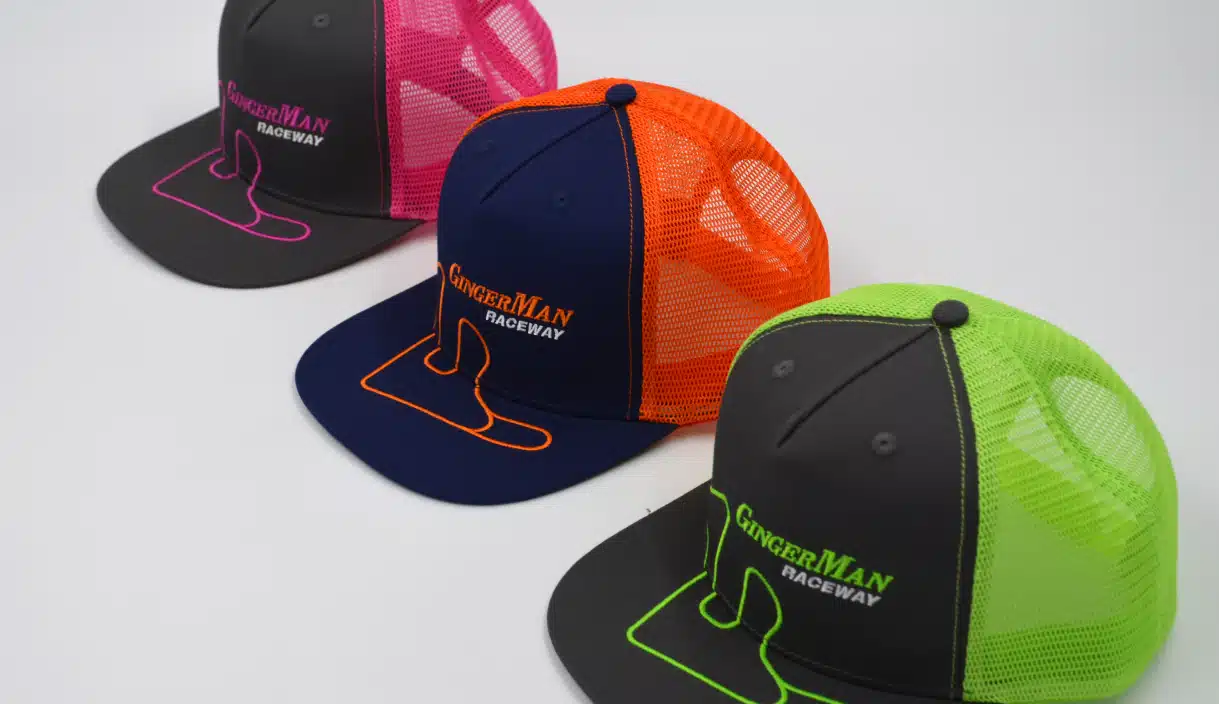Custom Embroidered Patches
April 8, 2024

The Process of Creating Custom Embroidered Patches
Custom embroidered patches are a popular and versatile way to add personality and style to clothing, accessories, and more. From concept to creation, the process of making these patches involves several steps to ensure a high-quality finished product. In this article, we’ll explore the intricacies of creating custom embroidered patches, from conceptualization to manufacturing, as well as considerations for design and ordering.
Conceptualization and Design
Initial Conceptualizing Steps
The journey of creating custom embroidered patches begins with a clear concept. Whether it’s a logo for a business, a design for a club or organization, or a personal statement, having a well-defined idea is crucial. This initial phase may involve brainstorming, sketching, and gathering inspiration to bring the vision to life.
Importance of Design
The design of a custom embroidered patch plays a pivotal role in its effectiveness and appeal. A well-crafted design should be visually striking, easily recognizable, and suitable for the intended application. Considerations such as color scheme, typography, and graphic elements all contribute to the overall impact of the patch.
Digitization
Process Explanation
Once the design concept is finalized, it’s time to digitize the artwork. Digitization involves converting the design into a format that can be interpreted by embroidery machines. This process requires specialized software and expertise to ensure accurate reproduction of the design.
Tools and Software
Various software tools are available for digitizing artwork, each offering different features and capabilities. Commonly used programs include Adobe Illustrator and Wilcom EmbroideryStudio. These tools allow designers to create and manipulate vector graphics, adjust stitch settings, and preview the final embroidery.
Choosing the Right Fabric and Thread
Types of Fabrics
The choice of fabric can significantly impact the look and feel of a custom embroidered patch. Common options include twill, felt, and canvas, each offering unique textures and characteristics. Consider factors such as durability, color saturation, and stitch density when selecting the appropriate fabric for your patches.
Thread Types and Colors
Thread selection is another critical aspect of patch design. Threads come in a variety of materials, including polyester, rayon, and metallic blends, each offering different properties such as strength, sheen, and colorfastness. Choose thread colors that complement the design and contrast well against the background fabric.
Embroidery and Finishing Touches
Embroidery Process Steps
Once the digitized design is loaded into the embroidery machine, the stitching process can begin. This involves setting up the machine with the appropriate thread colors and adjusting stitch settings to achieve the desired effect. The machine then embroiders the design onto the chosen fabric, following the programmed pattern.
Finishing Techniques
After the embroidery is complete, the patches may undergo additional finishing touches to enhance their appearance and durability. This may include trimming excess threads, applying heat-seal backing for iron-on patches, or adding merrowed borders for a polished edge.

Types of Custom Embroidered Patches
Custom embroidered patches come in various types, each offering unique features and applications to suit different needs. Let’s explore the different types of patches commonly available:
1. Direct Embroidery Patches:
Direct embroidery patches are created by stitching the design directly onto the garment or fabric. This method allows for intricate details and vibrant colors, making it ideal for logos, emblems, and intricate designs. Direct embroidery patches offer durability and a seamless look, blending seamlessly with the fabric for a professional finish.
2. Heat Press Patches:
Heat press patches, also known as iron-on patches, feature a heat-activated adhesive backing that bonds to fabric when heat is applied. These patches are easy to apply and suitable for a wide range of fabrics, including cotton, polyester, and blends. Heat press patches offer versatility and convenience, making them a popular choice for uniforms, workwear, and promotional items.
3. Chenille Patches:
Chenille patches are characterized by their soft, textured surface, which is created using a looped yarn technique. These patches have a plush, three-dimensional appearance, making them ideal for lettering, logos, and designs that require a tactile element. Chenille patches are commonly used for varsity jackets, letterman sweaters, and retro-inspired apparel.
4. Woven Patches:
Woven patches are made using a weaving process that creates a tight, durable fabric with intricate details and sharp edges. These patches offer excellent clarity and definition, making them suitable for complex designs, small text, and fine lines. Woven patches are lightweight and flexible, making them ideal for hats, bags, and other accessories.
5. Merrowed Patches:
Merrowed patches feature a border that is wrapped around the edge of the patch and sewn in place using a special merrowing machine. This creates a clean, finished edge that prevents fraying and adds a polished look to the patch. Merrowed patches are commonly used for uniform insignia, corporate branding, and morale patches.
Each type of custom embroidered patch offers unique advantages and applications, allowing you to choose the best option for your specific needs and preferences. Whether you’re looking for durability, versatility, or a tactile finish, there’s a custom embroidered patch to suit every purpose.
Design Considerations for Custom Embroidered Patches
Artwork Complexity
The complexity of the artwork can have a significant impact on the production process and final result of custom embroidered patches. Intricate designs with fine details or small text may require additional digitization work and higher stitch counts, which can affect production time and cost. It’s essential to strike a balance between visual appeal and practicality when designing patches.
Size and Shape
The size and shape of custom embroidered patches can vary widely depending on the intended application and design preferences. Larger patches offer more space for detailed artwork and text, while smaller patches may be more suitable for subtle embellishments or uniform insignia. Consider the dimensions of the patch in relation to the placement area to ensure a proportionate and visually pleasing result.
Color Selection
Color plays a crucial role in the overall impact of custom embroidered patches. Choose colors that complement the design and contrast well against the background fabric. Consider the principles of color theory, such as complementary or analogous color schemes, to create visually harmonious combinations. It’s also essential to ensure that the chosen thread colors accurately match the desired hues in the design.
Creativity in Custom Embroidered Patches
Innovative Design Trends
Custom embroidered patches offer endless possibilities for creative expression and experimentation. From bold graphics and vibrant colors to subtle textures and patterns, there are countless design trends to explore. Stay updated on the latest trends in fashion, art, and pop culture to inspire fresh ideas and push the boundaries of patch design.
Case Studies of Unique Patches
Many brands, organizations, and individuals have embraced custom embroidered patches as a means of expressing their identity and values. Here are some examples of unique patch designs and their significance:
- NASA: The National Aeronautics and Space Administration (NASA) is known for its iconic insignia patches, featuring elements such as stars, planets, and spacecraft. These patches symbolize the agency’s missions, achievements, and spirit of exploration.
- Punk Rock Patches: In the punk rock subculture, custom embroidered patches are used to signify allegiance to bands, political ideologies, or DIY ethos. These patches often feature provocative imagery, sarcastic slogans, and DIY aesthetics.
- Military Patches: Military units and branches use custom embroidered patches to denote rank, specialization, and affiliation. These patches serve as symbols of honor, pride, and camaraderie among service members.
Manufacturing Custom Embroidered Patches
Overview of Manufacturing Process
The manufacturing process for custom embroidered patches involves several steps, from digitizing the artwork to final inspection and packaging. Here’s an overview of the typical process:
Digitization: The artwork is digitized using specialized software to create a digital embroidery file.
Fabric and Thread Selection: The appropriate fabric and thread colors are chosen based on the design and application.
Embroidery: The design is embroidered onto the chosen fabric using computerized embroidery machines.
Finishing: The patches may undergo additional finishing touches, such as trimming, backing application, or border stitching.
Quality Control: Each patch is inspected for quality and consistency to ensure that it meets the specified standards.
Packaging: The patches are carefully packaged and prepared for shipping or distribution to the customer.
Quality Control and Consistency
Maintaining quality control and consistency throughout the manufacturing process is essential to producing high-quality custom embroidered patches. This includes…
- Inspection: Each patch undergoes rigorous inspection at various stages of production to identify any defects or inconsistencies. This may involve visual checks, thread tension testing, and stitch density analysis.
- Adjustments: Any issues identified during inspection are addressed promptly, whether it’s adjusting machine settings, replacing thread, or re-digitizing the design. This ensures that each patch meets the specified quality standards.
- Consistency: Maintaining consistency in color, size, and stitching is crucial to ensuring that all patches within a batch or order are uniform and cohesive. Strict quality control measures help minimize variations and discrepancies between patches.
Tips for Ordering Custom Embroidered Patches
Best Practices for Communication
Clear and effective communication is key to a successful custom embroidered patch order. Here are some tips for ensuring smooth communication with your patch supplier:
- Provide Detailed Specifications: Clearly communicate your requirements, including design specifications, dimensions, colors, and quantity. The more detailed your instructions, the better.
- Ask Questions: Don’t hesitate to ask questions or seek clarification if you’re unsure about any aspect of the ordering process. A reputable patch supplier should be responsive and helpful in addressing your concerns.
- Provide Feedback: Provide feedback throughout the production process to ensure that the patches meet your expectations. If adjustments are needed, communicate them promptly to avoid delays.
Ensuring Design Translation
To ensure that your design is translated accurately into custom embroidered patches, follow these guidelines:
- Submit High-Quality Artwork: Provide high-resolution artwork files in vector format whenever possible. This allows for precise digitization and ensures crisp, detailed embroidery.
- Consider Size Constraints: Keep in mind the size constraints of embroidery machines and the intended placement area when designing your patches. Avoid intricate details or small text that may be difficult to reproduce at smaller sizes.
- Review Samples: Request samples or proofs of the embroidered patches before placing a full order. This allows you to assess the quality and accuracy of the embroidery and make any necessary adjustments before production.
Conclusion
Custom embroidered patches offer a versatile and customizable solution for adding personalization, branding, and style to a wide range of products. From concept to creation, the process of making custom patches involves careful planning, attention to detail, and collaboration between designers and manufacturers. By understanding the various aspects of patch design, manufacturing, and ordering, you can ensure that your custom embroidered patches meet your specifications and exceed your expectations. Whether you’re promoting a business, commemorating an event, or expressing your individuality, custom patches provide a unique and timeless way to make a statement.
Jump to
- Conceptualization and Design
- Digitization
- Choosing the Right Fabric and Thread
- Embroidery and Finishing Touches
- Types of Custom Embroidered Patches
- Design Considerations for Custom Embroidered Patches
- Creativity in Custom Embroidered Patches
- Manufacturing Custom Embroidered Patches
- Quality Control and Consistency
- Tips for Ordering Custom Embroidered Patches
- Ensuring Design Translation
- Conclusion







